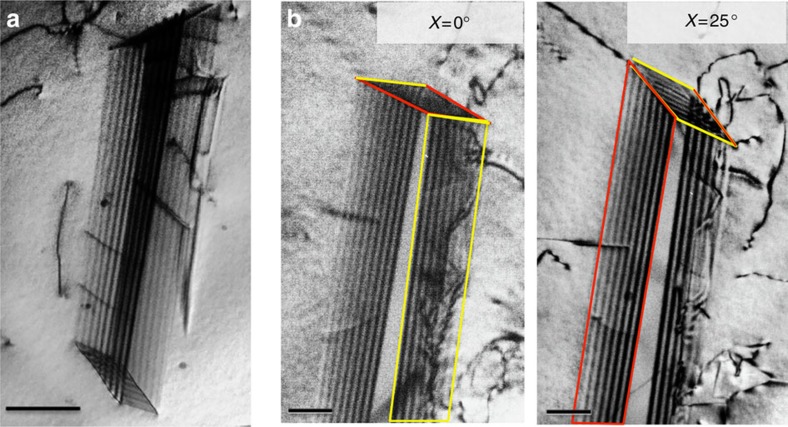Figure 2. Stacking-fault parallelepipeds.
(a) TEM image of the stacking-fault parallelepiped structure (with faces lying on three sets of {111} planes; scale bar, 200 nm). (b) shows the same stacking-fault parallelepiped at different x-tilting angles (scale bar, 500 nm). When slip on multiple {111} planes has been effectively activated, different partial dislocations may intersect each other to form such stacking-fault parallelepipeds whose faces comprise three pairs of parallel {111} faults. These stable volume defects can lead to significant strain hardening; they present a formidable obstacle for other dislocations to overcome.

